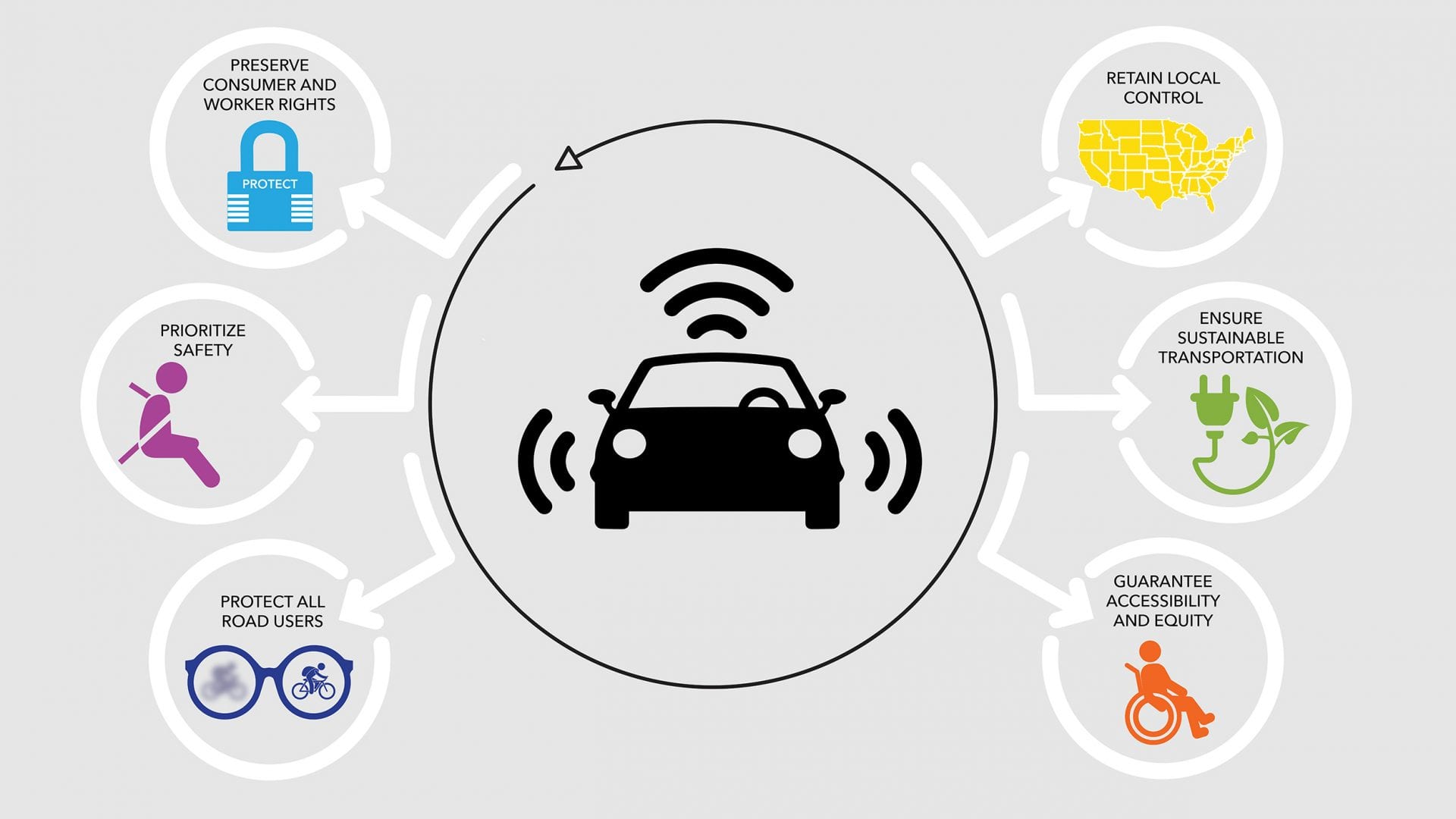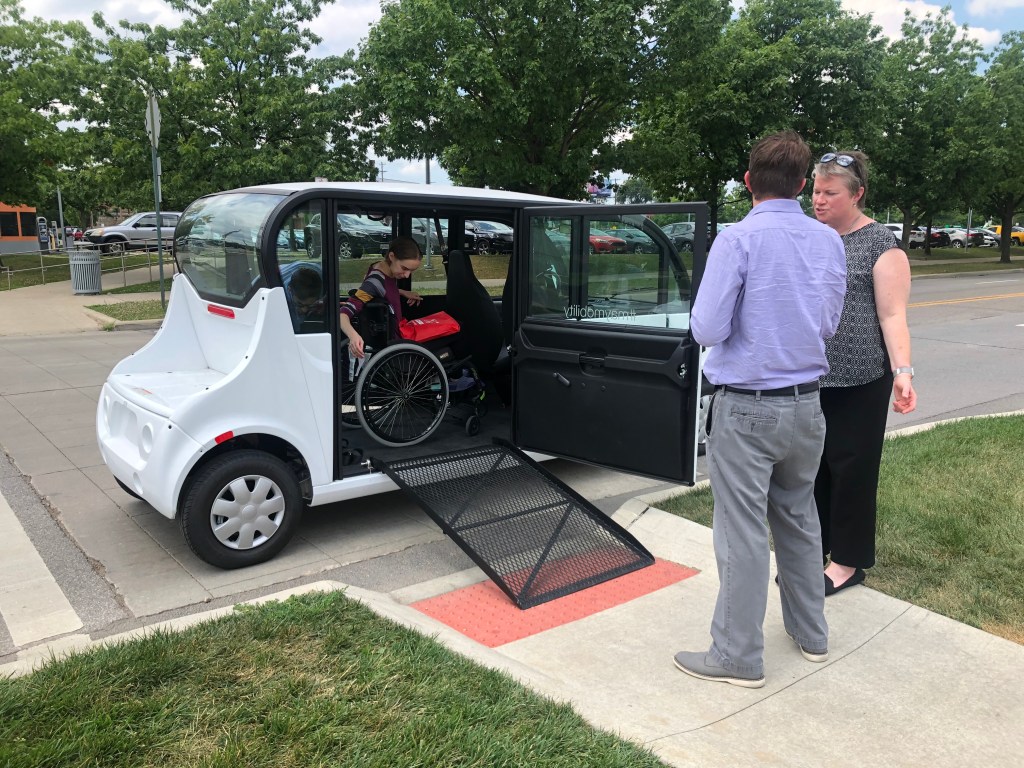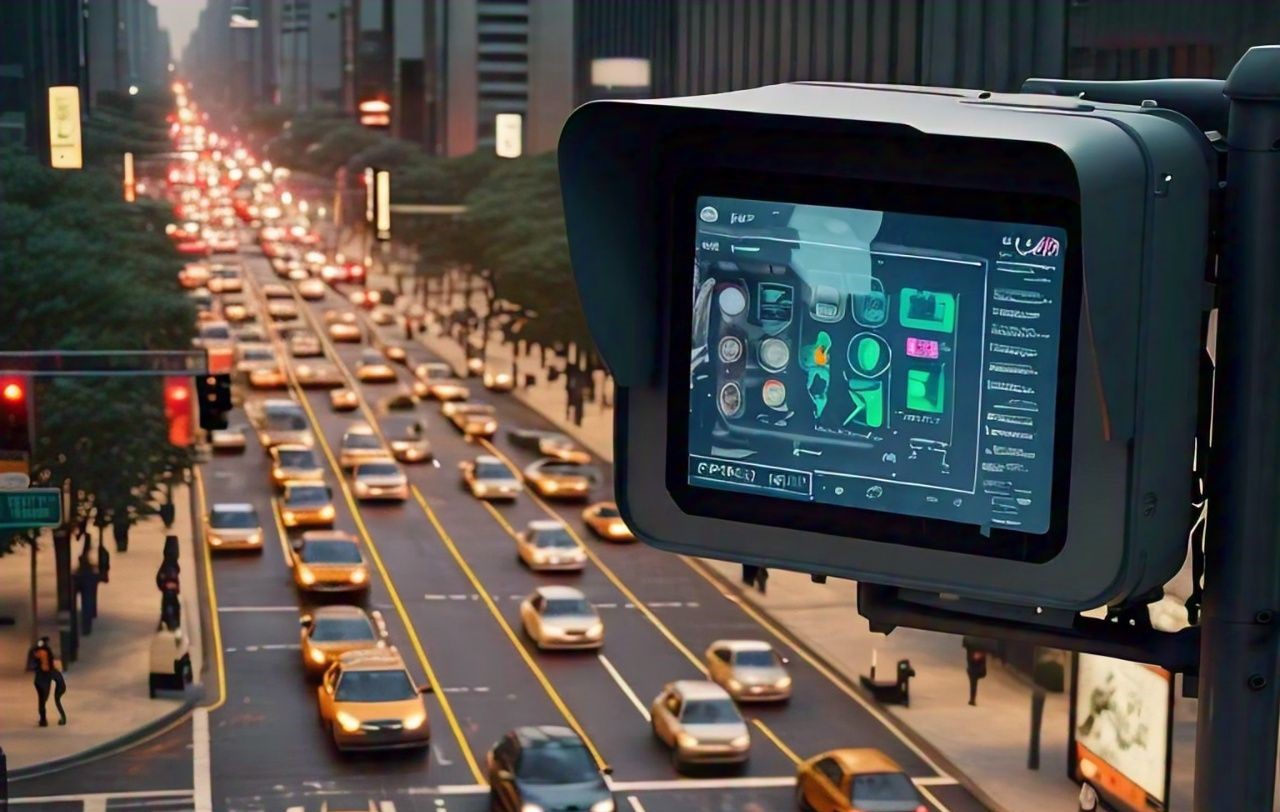Autonomous Driving
"Drive the Future: Safe, Smart, Autonomous."
Learn MoreWhat is it
Autonomous driving, also known as self-driving cars or driverless vehicles, refers to systems that integrate multiple advanced technologies to enable a vehicle to perform driving tasks without human intervention. Its goals are to improve traffic safety, enhance travel efficiency, and provide more convenient transportation for groups such as the elderly and people with disabilities.
How it works
Environmental Perception
Uses sensors like LiDAR, radar, and cameras to detect surroundings in real time.
Decision Making & Planning
AI analyzes the environment and plans optimal driving paths.
Control Execution
Executes steering, acceleration, and braking to drive safely and smoothly.
Benefit

Improved Safety
Autonomous vehicles reduce accidents by eliminating human errors like distracted or drunk driving.AI systems constantly monitor surroundings and react faster than humans, ensuring safer roads.
Better Accessibility
Self-driving cars offer mobility to elderly, disabled, and non-drivers, allowing them to travel independently and safely without relying on others for transportation.


Less Traffic Congestion
Autonomous vehicles optimize speed and spacing using real-time traffic data. They reduce stop-and-go movement, improve flow, and can coordinate routes to avoid bottlenecks and delays.

Autonomous Delivery Robots
AI-powered robots enhance last-mile delivery, navigating sidewalks for efficient, eco-friendly logistics.

